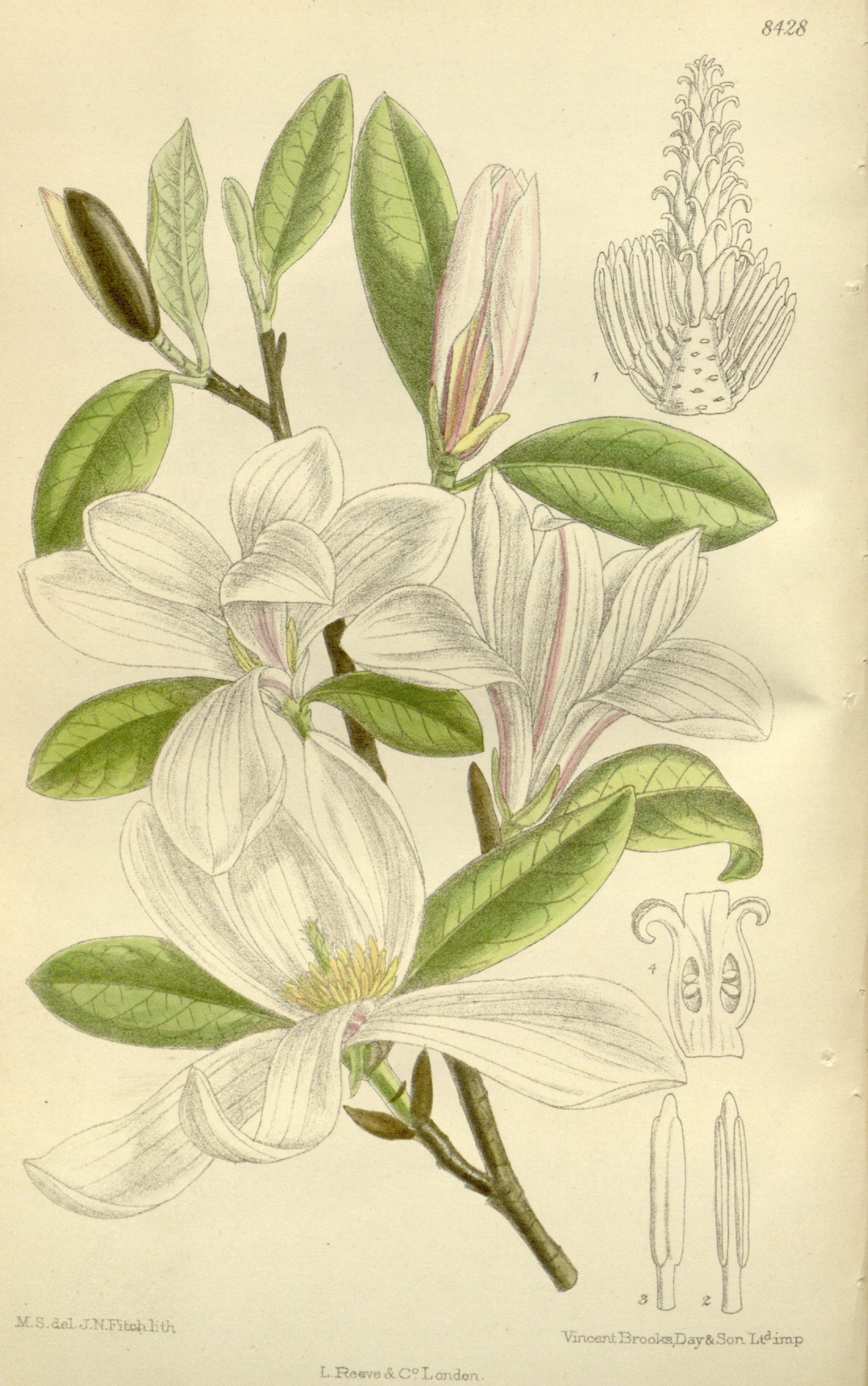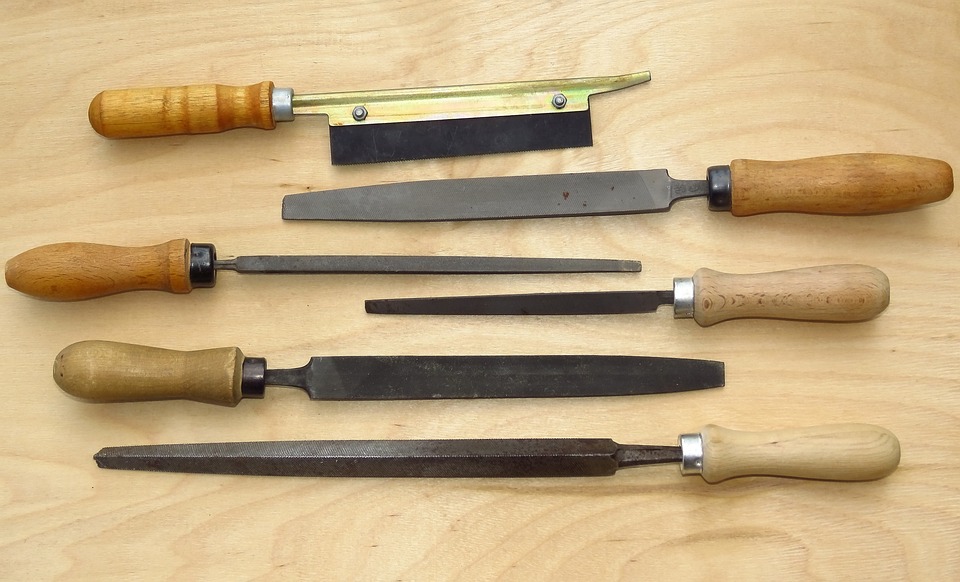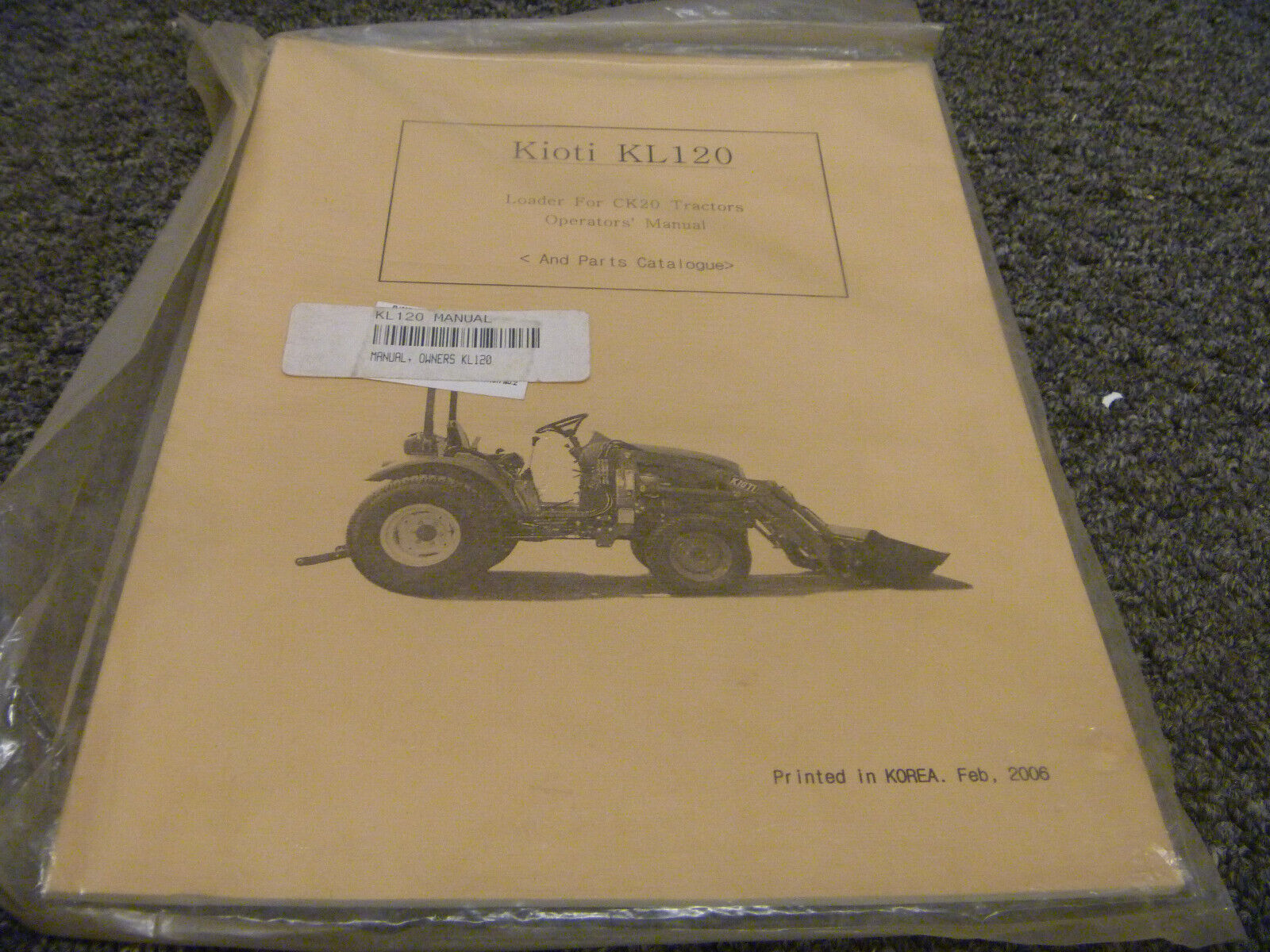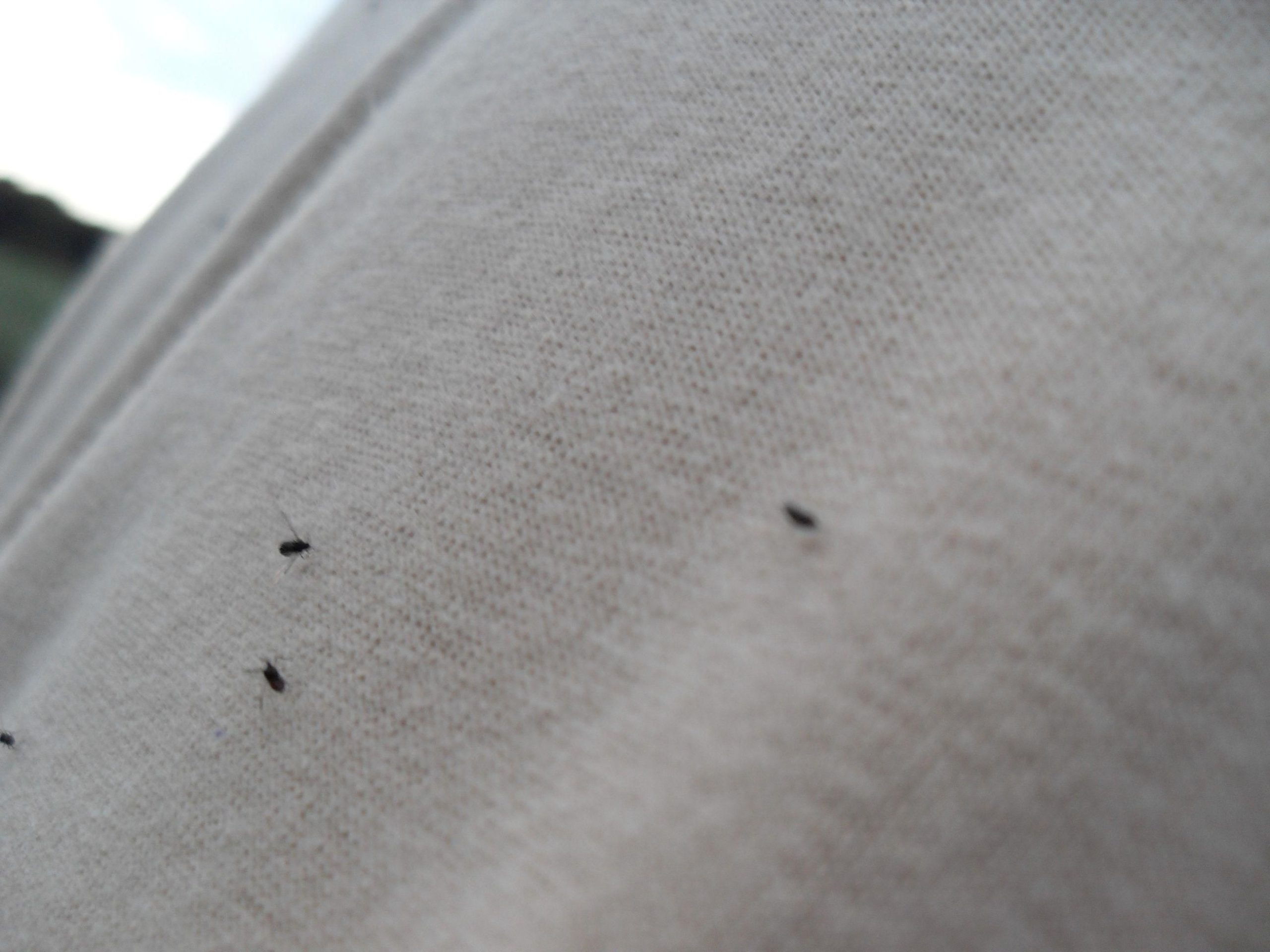Success in grape growing depends greatly on pruning. Best time for this is the early months of the year. A warm day in January or February when the ground is clear of snow is ideal, but the job should be accomplished before the middle of March when the sap rises.
Pruning is perhaps the most important skill the vineyardist must master. He must realize that fruit is borne only on wood of the present season which arises from wood of the previous season. This means that last year’s new wood is the only source of buds which grow into shoots bearing probably one to four clusters of grapes each.
The problem becomes (first) one of cutting back a limited number of good canes to a few buds which will produce as many new bearing shoots as the vine can support, and (second) cutting off entirely all remaining (even good) canes which would over-tax the vigor of the vine. With experience the grape-grower learns to tell from the looks of the cane, the size and growth of the vine in the previous year, and the variety’s characteristics for bearing, which and how many buds to leave.
He must constantly plan ahead for new wood low on the vines, so that the vines do not have to spend too much of their energy maintaining a great amount of unproductive wood. This necessary balance between fruiting canes this year and new wood for next year’s crop is difficult both to explain and to achieve, but usually the tendency of the beginner is not to prune severely enough.
More trimming and shaping comes after the grapes have bloomed and set the bunches. Each fruiting cane tries to grow on out into a long leafy cane beyond the three or four clusters which have formed. To make the plant use its strength for the fruit, these should be snapped off at about the second joint beyond the grapes. New shoots will try to grow at these points and often at the joint opposite the grape cluster, but these should be kept broken off as summer progresses. Keep just enough foliage to support the plant properly by making food and to shade the fruit. Usually the bunches of grapes should be thinned by about one-third so that they will ripen faster and more evenly.
About the Author:Kent Higgins knows why so many consumers get frustrated with topics like how to care for lucky bamboo. Broaden your knowledge at www.plant-care.com it’s visited by thousands each day because of quality content in the world of all about plants indoors and outside in the landscape.




